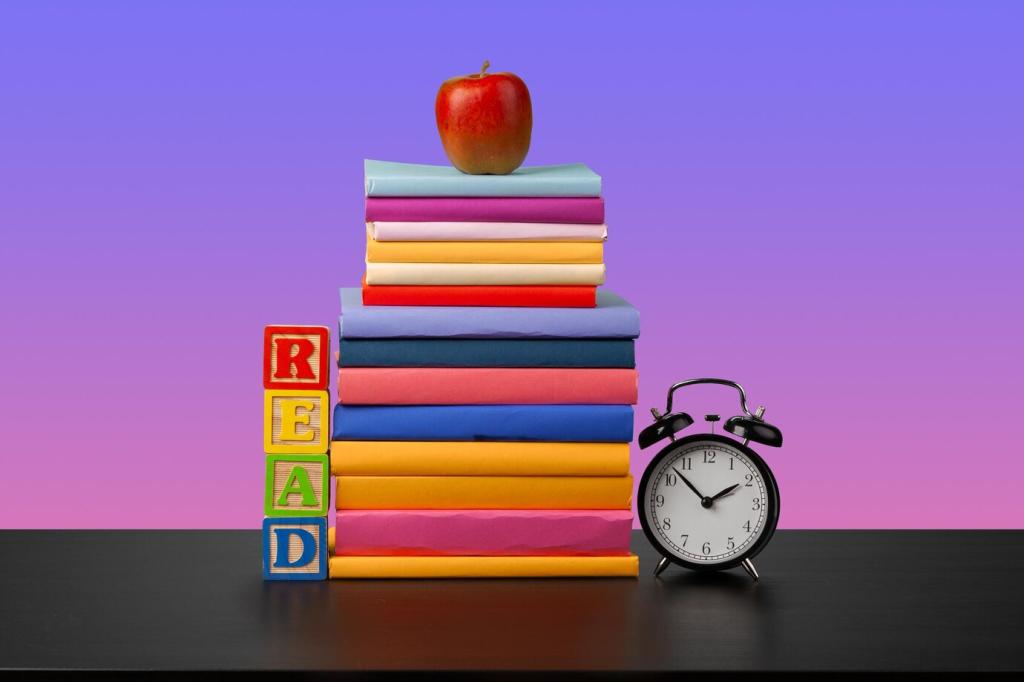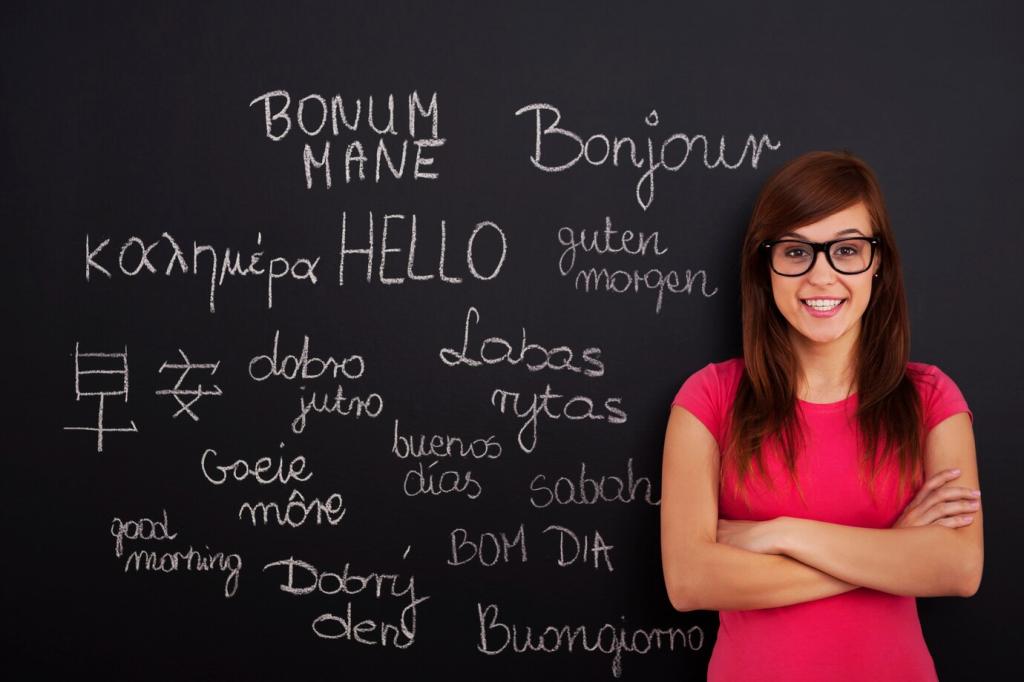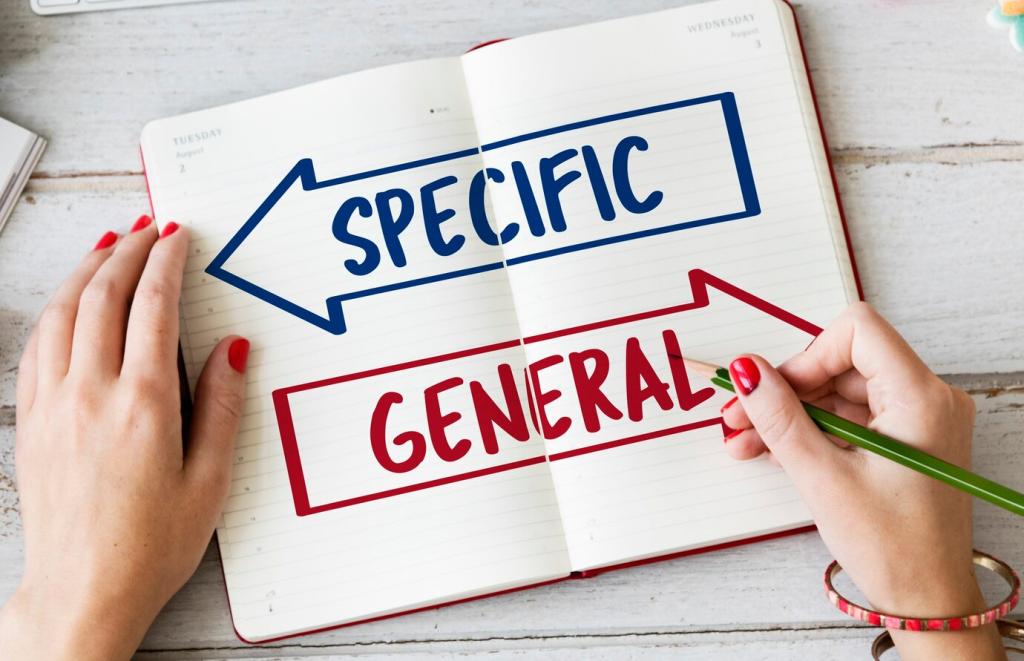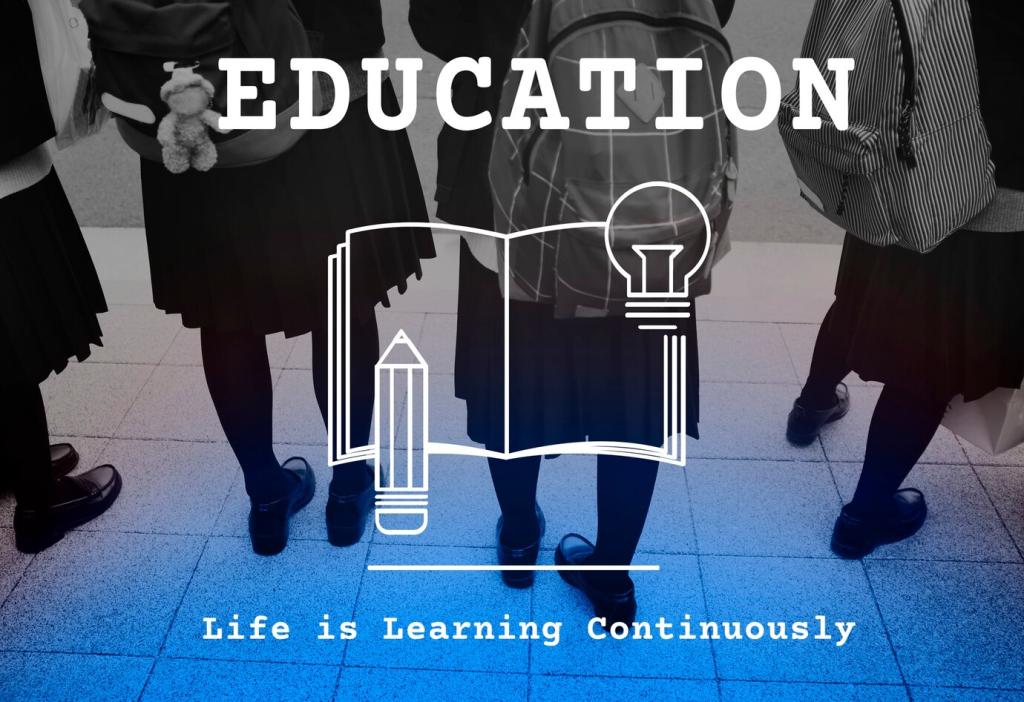Sustainability Practices in Language Schools: Learn, Teach, and Thrive
Selected theme: Sustainability Practices in Language Schools. Welcome to a community where climate-conscious choices meet multilingual learning, creating classrooms that nurture curiosity, responsibility, and a brighter future for every learner and teacher.

Why Sustainability Belongs in Language Schools

A global classroom, a shared planet
Every language class maps to a world of accents, cuisines, and landscapes. Embedding sustainable practices reminds learners that mastery of words also carries stewardship of forests, rivers, and cities where those words live.

Student motivation through purpose
A Portuguese learner once told us that discussing local droughts in class made grammar stick because it mattered. Purpose fuels practice, turning vocabulary drills into meaningful conversations that students remember and revisit.

Join the conversation
Share one sustainable change you want to see in your language school. Comment with your ideas, and subscribe for monthly classroom-friendly tips that combine climate action with engaging listening, speaking, and writing tasks.
Energy-Smart Campuses and Classrooms
Switching to LEDs and adding occupancy sensors reduces energy while keeping reading corners bright. One Lisbon language center cut lighting use by half, then used the savings to buy bilingual nature books for its library.
Teach comfort set points, not extremes. A two-degree adjustment, regular filter changes, and cross-ventilation drills become vocabulary practice with measurable results. Students log temperatures, compare terms, and celebrate energy-saving milestones together.
Display weekly energy and water use alongside new idioms. Data becomes a reading comprehension exercise, inspiring student-led announcements that explain trends, propose improvements, and cheer on everyone’s progress with supportive, inclusive language.

Eco-Literate Curriculum Design
Create glossaries for terms like circular economy, biodiversity, and food waste. Learners practice collocations, write short reflections, and role-play community meetings where they advocate for greener school policies using persuasive phrases.

Materials, Resources, and Circularity
Go digital for handouts and homework, but teach mindful screen use. Encourage e-ink devices, offline reading time, and consistent file naming so materials are found easily and reprinted only when truly necessary.
Community and Culture: Green Beyond the Classroom
Pair conversation partners for a park clean-up or tree-planting day. Speaking practice flows naturally while hands are busy, and learners gain new vocabulary rooted in real activities, teamwork, and civic pride.
Community and Culture: Green Beyond the Classroom
Collaborate with repair cafes, libraries, and urban gardens. Host bilingual workshops where students interpret instructions and interview volunteers, capturing stories that become listening tasks and inspiring case studies for future classes.



Rethinking field trips
Choose walking tours, metro rides, and regional trains over short flights. Assign students to narrate routes in the target language, turning transit maps into speaking prompts and sustainability checkpoints along the way.

Greener commutes
Offer bike parking, transit passes, and remote attendance options when feasible. A Berlin class tracked commuting modes for a week, then wrote comparative essays linking modal verbs with measurable emissions savings.

Study abroad, sustainably
Encourage longer stays, homestays, and rail travel where possible. Build pre-departure modules on packing light and local food choices. Ask alumni to share itineraries so new cohorts can follow proven, lower-impact paths.
Measuring, Reporting, and Improving

Track electricity, paper use, and waste diversion alongside learning outcomes like presentation frequency and vocabulary retention. Students compare datasets, write summaries, and propose next steps informed by both language and numbers.
